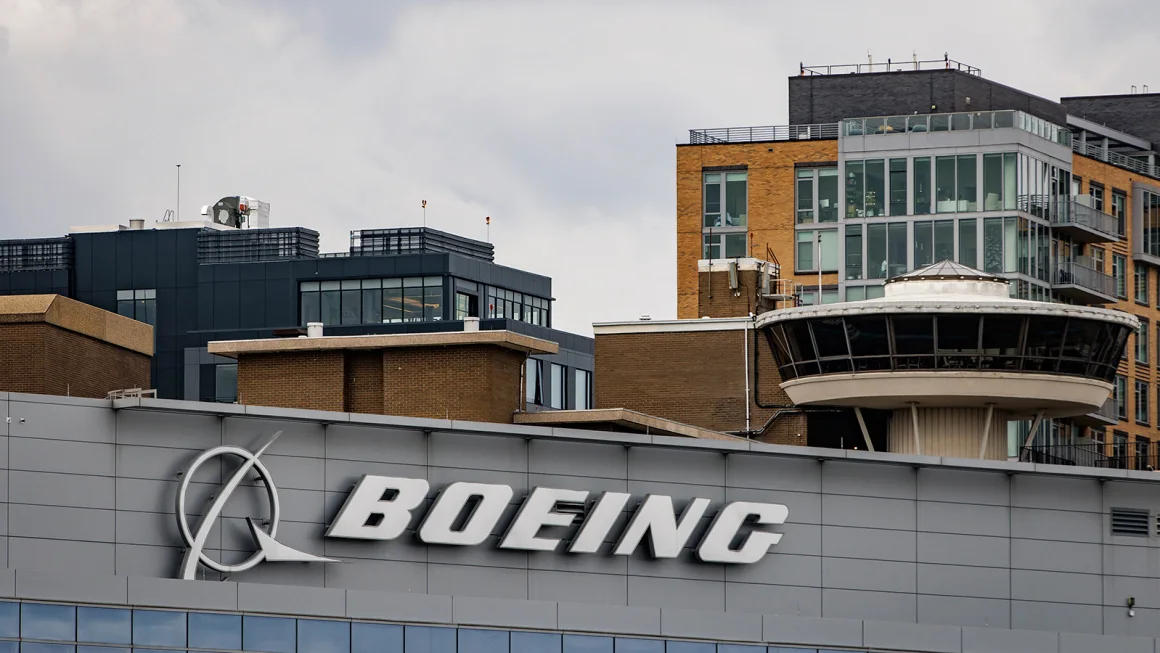Boeing Faces New Problem with Mis-Drilled Holes on 737 Max Jets
Boeing is facing yet another setback as a new problem has been discovered during the production of its 737 Max jets. It has been revealed that around 50 planes that have not yet been delivered will need to undergo rework due to mis-drilled holes in the fuselages.
The issue was brought to Boeing’s attention by an employee at Spirit AeroSystems, the supplier responsible for manufacturing the fuselages of the 737 Max jets. The employee notified Boeing that two holes may not have been drilled according to Boeing’s specifications.
Although this condition poses no immediate flight safety risks and all 737 Max planes can continue to operate safely, Boeing believes that rework will need to be performed on the undelivered airplanes.
Spirit AeroSystems has confirmed the problem, stating that the mis-drilled holes do not meet engineering standards. They are working closely with Boeing to identify and implement the necessary repair solutions.
This latest incident further tarnishes Boeing’s reputation, which has been under scrutiny in recent years. The company has faced significant challenges, including a terrifying accident involving a 737 Max 9 flight in January. As a result, the Federal Aviation Administration (FAA) has announced changes to its oversight of Boeing’s manufacturing processes.
Boeing CEO David Calhoun openly acknowledged the company’s responsibility for the incident and emphasized the need for improvement. In response, Boeing’s 737 Max factory in Renton, Washington will dedicate significant time and effort to address quality and safety issues.
Boeing’s growing reliance on suppliers for assembling key aircraft components has also raised concerns. In addition to the mis-drilled holes, Boeing’s own production facilities have experienced issues. During a recent staff meeting, employees expressed frustration with unfinished jobs from suppliers and within the factories, which ultimately impact the production line.
Boeing is committed to maintaining quality standards within its own operations and holding suppliers to the same level of accountability. The company has instructed a major supplier to delay shipments until all jobs have been completed to specification, even if it disrupts the production schedule. While this may cause short-term challenges, it is expected to improve overall quality and stability.
The series of quality lapses has led to delivery suspensions and financial losses for Boeing. Major customers, such as United Airlines and Southwest Airlines, have expressed concerns and reevaluated their orders for the 737 Max.
The mis-drilled holes in the 737 Max jets’ window frames have caught the attention of the FAA. The agency is working closely with Boeing to ensure that all safety standards are met before approving the planes for delivery. The FAA is also developing a plan for enhanced oversight and aims to increase direct observation of the work being accomplished by US aircraft manufacturers.
In the meantime, the FAA is conducting thorough inspections of Boeing’s 737 Max assembly line to ensure compliance. Most of the grounded 737 Max 9 planes following the Alaska Airlines incident have been cleared for operation, with only a few remaining out of service.
This latest setback highlights the pressing need for Boeing to address quality control issues and regain trust in its manufacturing processes. It serves as a reminder that safety and adherence to engineering standards must be a top priority for the company moving forward.

